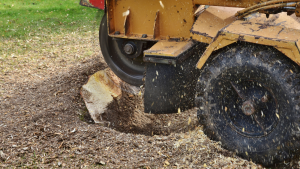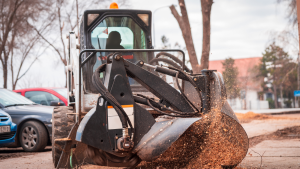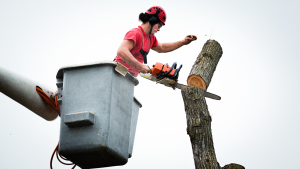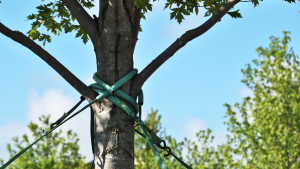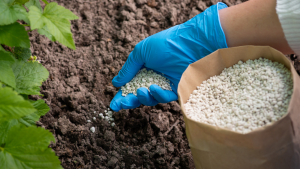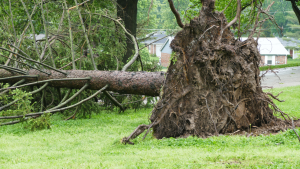Starting a garden or working on landscaping means you need to know your planting zone. These zones show you what plants will do well in your area. Understanding your zone helps you pick plants that will survive and grow where you live. Knowing this lets you create a garden that changes with the seasons, staying beautiful and full of life all year round. Looking to improve your curb appeal? Let Joliet Tree Service help! Call us today for a free rate quote and see how our tree care services can make a difference.
How to Use Plant Hardiness Zones to Decide What to Grow
Plant hardiness zones help gardeners by showing which plants can grow well based on how cold it gets in winter. These zones are like maps that guide gardeners to understand what plants will do best in their area. By looking at these maps, gardeners can figure out exactly which zone they’re in and learn which plants will thrive there. This knowledge helps them avoid the hassle of growing plants that won’t work well, saving time and money. With this know-how, they can create naturally flourishing gardens, showing their skill in caring for nature.
What Is the USDA Plant Hardiness Zone 9a?
Living in USDA Plant Hardiness Zone 9a means you’re in an excellent spot for growing all sorts of plants. This area has mild winters and sunny summers, which plants love. It’s like a paradise for different kinds of flowers and trees. Gardeners here have many options, from colorful flowers to big fruit trees. It’s like having a vast playground to explore and create beautiful gardens. Whether you’re into unique succulents or impressive fruit trees, Zone 9a has everything you need to make a garden full of life and beauty.
Influences on Plant Selection
The climatic nuances of Plant Hardiness Zone 9a profoundly influence the plant species that flourish within its boundaries. Well-adapted plants in this zone exhibit traits of resilience, often boasting drought tolerance and resilience against sporadic frosts. However, the intricacies of plant selection extend beyond mere climatic considerations. Elements include the kind of soil, exposure to sunshine, and local microclimates, which play pivotal roles in determining a plant’s suitability for the environment. By meticulously assessing these variables, gardeners can orchestrate a landscape that not only endures but thrives in its unique setting, fostering a harmonious coexistence between flora and environment.
Selecting Plants for a Thriving Landscape
Crafting a garden or landscape within Plant Hardiness Zone 9a requires a thoughtful selection of finely tuned plants to the local climate. Optimal choices for this zone encompass a spectrum of resilient options, including drought-resistant succulents like agave and aloe vera, vibrant flowering shrubs such as bougainvillea and oleander, and luscious fruit-bearing trees like citrus and avocado. By embracing flora naturally predisposed to the region’s conditions, gardeners lay the foundation for a low-maintenance landscape that thrives effortlessly throughout the year. This strategic approach minimizes the need for intensive care and yields a verdant haven that epitomizes the beauty of symbiosis between plant and environment.
Conclusion
Understanding your planting zone is fundamental to creating a successful and sustainable landscape. In Plant Hardiness Zone 9a, gardeners can cultivate various plants that thrive in the region’s mild winters and warm summers. By selecting plants well-suited to the local climate and environmental conditions, you can enjoy a vibrant and low-maintenance landscape that enhances the beauty of your outdoor space for years to come. So, whether you’re a seasoned gardener or just beginning your journey, let your planting zone guide you toward a flourishing and thriving garden paradise.

